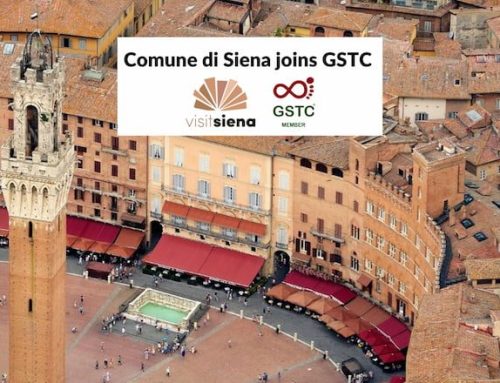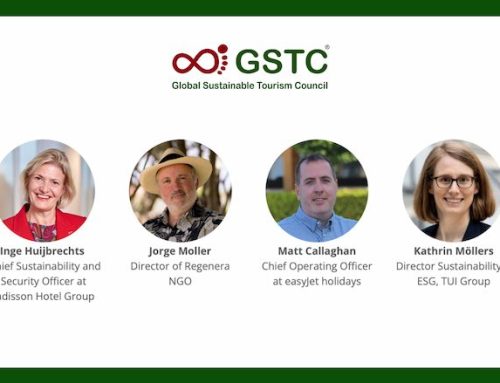GSTC member Zeitz Foundation shares with us the story of community involvement, environmental protection, education and promoting the local agricultural economy by building biojardineras (artificial wetlands) to manage waste water in Chimirol, Costa Rica. This was the first project of its kind in Costa Rica involving the partnership of a private company (Hotel Monte Azul) with a local community in tackling sanitation issues. And we hope it’s not the last such project.

Community working together to build a biojardinera in Chimirol, Costa Rica
With increasing populations, waste water management is an increasing priority for communities around the world, especially in the developing world. There are, however, sustainable and replicable ways to process and clean waste water so that the environment is protected from pollutants and the water can be reused in agricultural activities. Creating biojardineras, innovative artificial wetlands, is one such way to do so.
The Chimoral community in Costa Rica has access to drinking water from a national network of aqueducts, but the challenge of treating wastewater is a growing problem. The average gray water generated by a family of four is at least 270 liters per day, which is normally released in the environment without an adequate sanitation and could potentially contaminate drinking supplies.

Children from the Chimirol community want to help in biojardinera construction.
By creating and using a biojardinera, the treated water is not reused for drinking, but instead is released in the environment or used for irrigation in agriculture. The key element here is that this water is clean, so no harm is done to the natural surroundings or agricultural process. This helps reduce pollution levels in streams, creating a cleaner environment for everyone.
Through this project the Monte Alban hotel and Zeitz Foundation contributed the supplies and funding while the community donated its labor to built ten biojardineras together. School children from the community are also involved, not only in the building process, but in developing projects and holding environmental fairs around the topic of protecting the environment and managing clean water.

School children get involved with environmental fairs and projects.
Everyone involved in the program is then tasked with teaching others about this process and expand the use of biojarineras. So instead of reaching just 200 people directly, this program has the potential to reach close to 2,000 people through this program of teaching others. The goal is to spread the message about preserving water resources and the responsibility each community has to protect its environment.
In line with this goal of education, the project developed a “how to” manual on how to build a biojardinera so that other communities around the world can learn from its experience and can replicate this simple and sustainable way of treating waste water. You can check out the slideshow that takes you through the process of building your own artificial wetland here: Biojardineras or Artificial Wetlands Project
If you would like to learn more about this project, please read this article on the Zeitz Foundation blog: Artificial Wetlands, a Natural Alternative to Clean Waste Water




